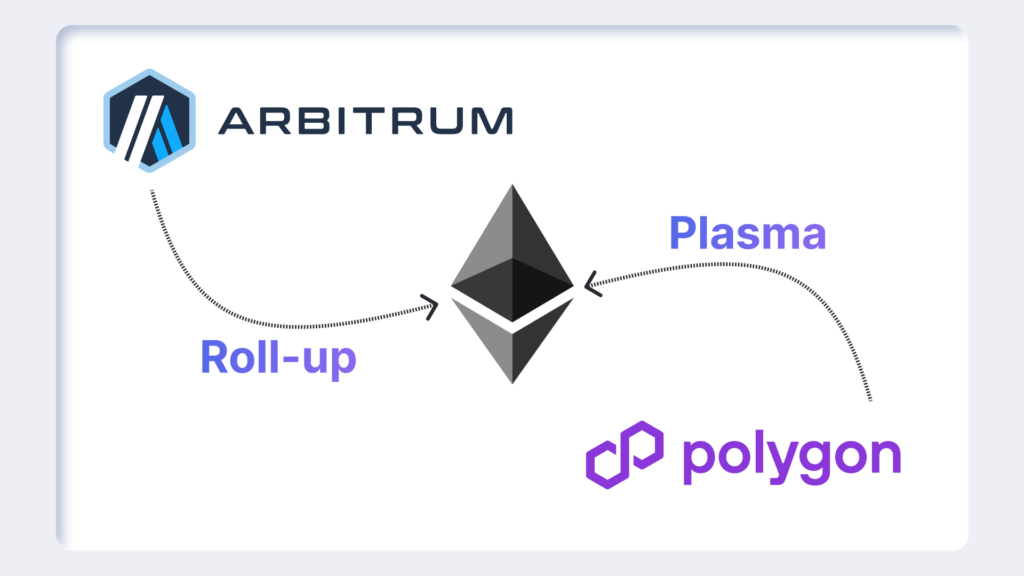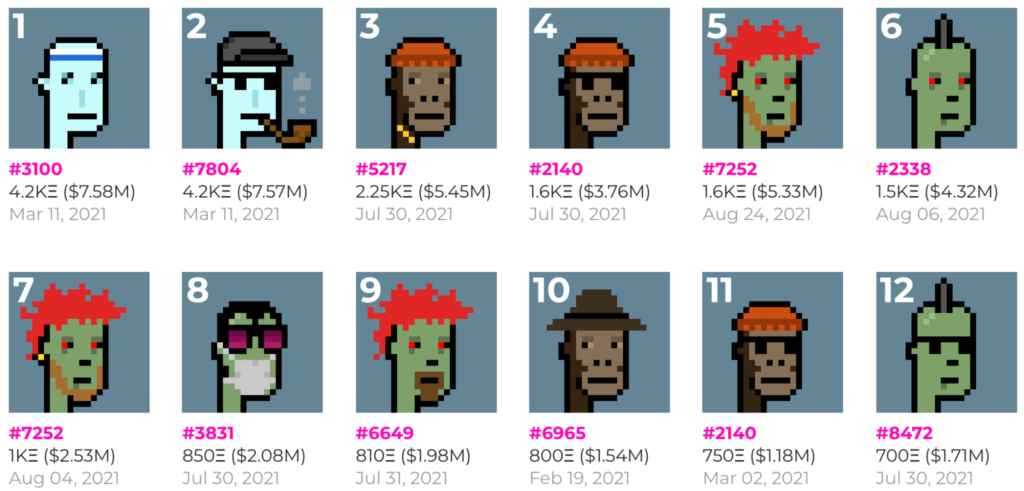Base, the Ethereum layer-2 chain incubated by Coinbase, has crossed a symbolic but concrete threshold in its march toward trust-minimized scaling. In a blog post on April 29, the team confirmed that live fault-proof circuits and a newly minted, multi-jurisdictional Security Council have propelled the network into what Vitalik Buterin defines as “Stage 1 Decentralization.”
Under Buterin’s three-tier rollup roadmap, Stage 0 chains still depend on a single operator to publish state roots; Stage 1 networks introduce public fault proofs and some shared governance; Stage 2 removes every meaningful centralized choke point. Base now joins Optimism, Arbitrum, zkSync and a handful of other chains that L2Beat ranks as at least Stage 1, a short list of 10 out of the 62 tracked rollups.
How the fault-proof stack works
Base’s open-source challenger software allows anyone to contest a withdrawal claim back to Ethereum mainnet. Should a node present an invalid root, challengers can stake ETH and earn a reward for proving the fraud—while the faulty proposer is slashed. The mechanism went live for outbound bridge withdrawals in October 2024 but remained in guarded mode; today the protection flips on for all users, making permissionless exits a reality.
Critically, Base leverages the OP Stack Fault Proof System it co-developed with Optimism: the same codebase that powers the shared Superchain vision. By pooling audits and bug bounties, both projects argue they can tighten security faster than if they built bespoke solutions.
Enter the Security Council
Just as important as tech is governance. A two-of-two multisig controlled by Coinbase could once pause contracts or rush upgrades— handy in an emergency, hazardous in steady state. That authority now lies with a 12-seat Security Council drawn from Base, Optimism and ten independent entities spanning multiple jurisdictions. Any contract change—including upgrading the fault-proof VM—demands a 9-of-12 supermajority. The setup echoes Polygon’s and Arbitrum’s councils, distributing key power while still enabling rapid response to critical bugs.
Why it matters for builders
For developers, the milestone offers predictability. Smart-contract platforms thrive when base-layer assumptions stay constant; knowing that no single company can unilaterally rewrite bridge rules or censor withdrawals should encourage larger liquidity pools and more complex DeFi deployments. It also reduces “bridge risk” for institutions eyeing the chain: assets can now exit without Coinbase’s blessing, a prerequisite for many compliance desks.
What’s next on the road to Stage 2
Base’s engineers say they are already experimenting with zero-knowledge fault proofs, which could sit alongside the optimistic design for faster finality and extra redundancy. They also plan to grant the Security Council on-chain monitoring tools so it can spot malicious roots without relying on the core team.
True Stage 2—where no honest minority can be censored or corrupted—remains distant. Yet today’s upgrade chips away at the perception that Coinbase’s rollup is merely a centralized company chain dressed in Ethereum logos. The network now stands as a legitimately permissionless bridge back to mainnet, even if the final word on full decentralization still lies ahead.
Base’s leap forward arrives amid an arms race among L2s to prove resilience before the next bull-run congestion test. Whether fault-proof incentives and councils can scale as usage explodes will shape the wider conversation on how Ethereum ultimately achieves mass adoption without sacrificing its core ethos.


